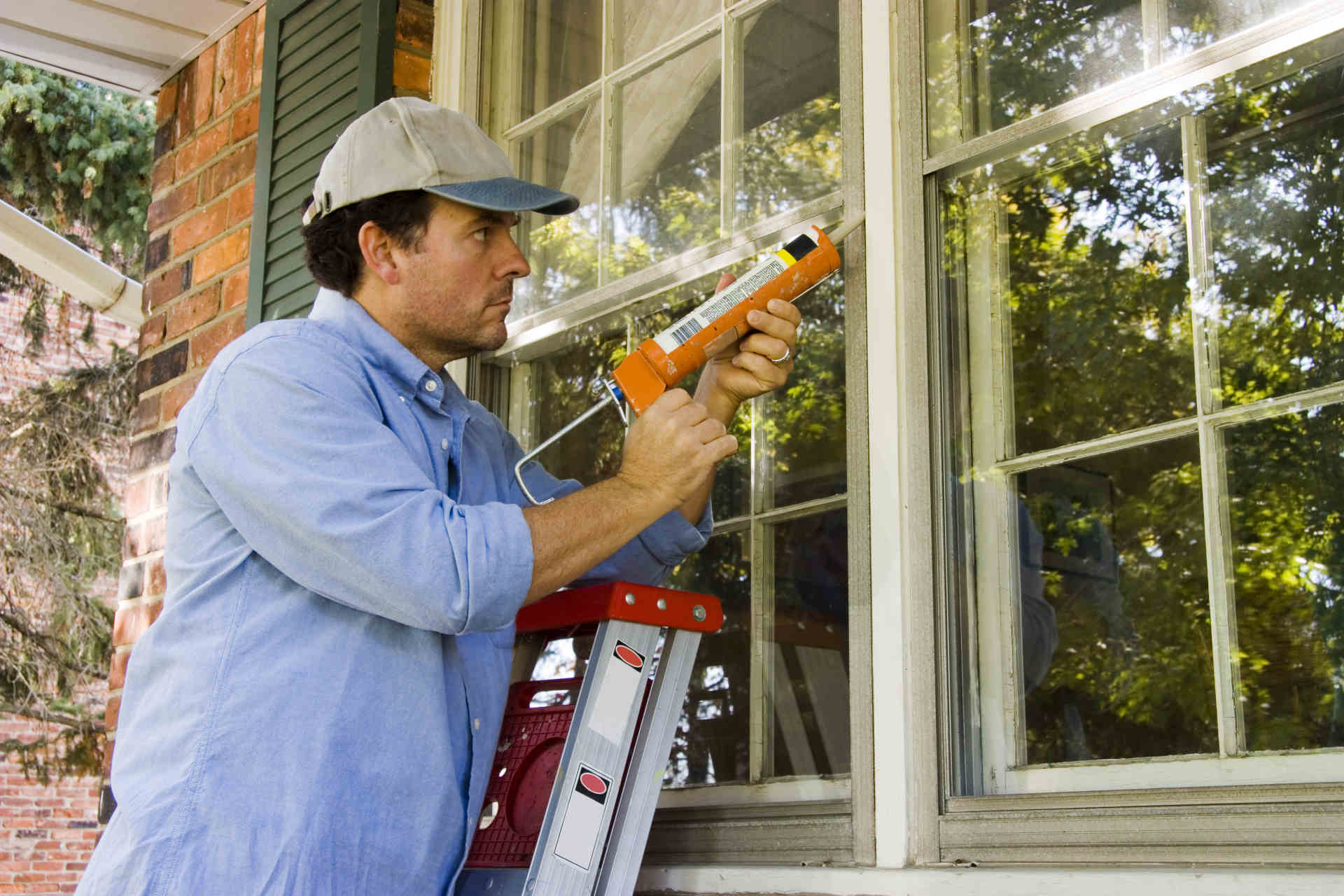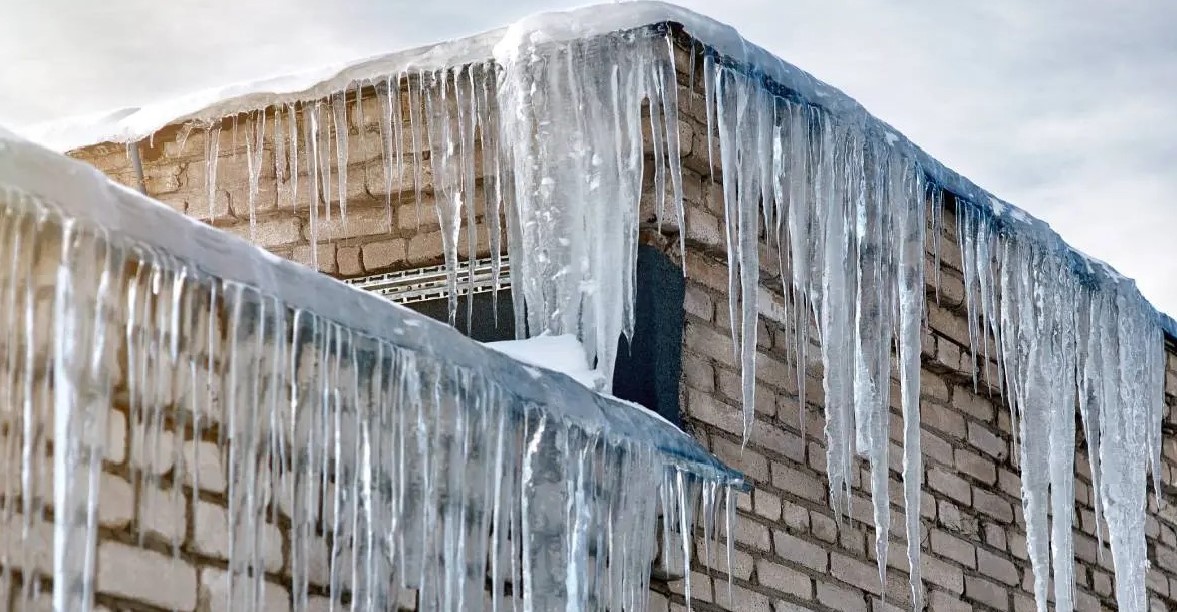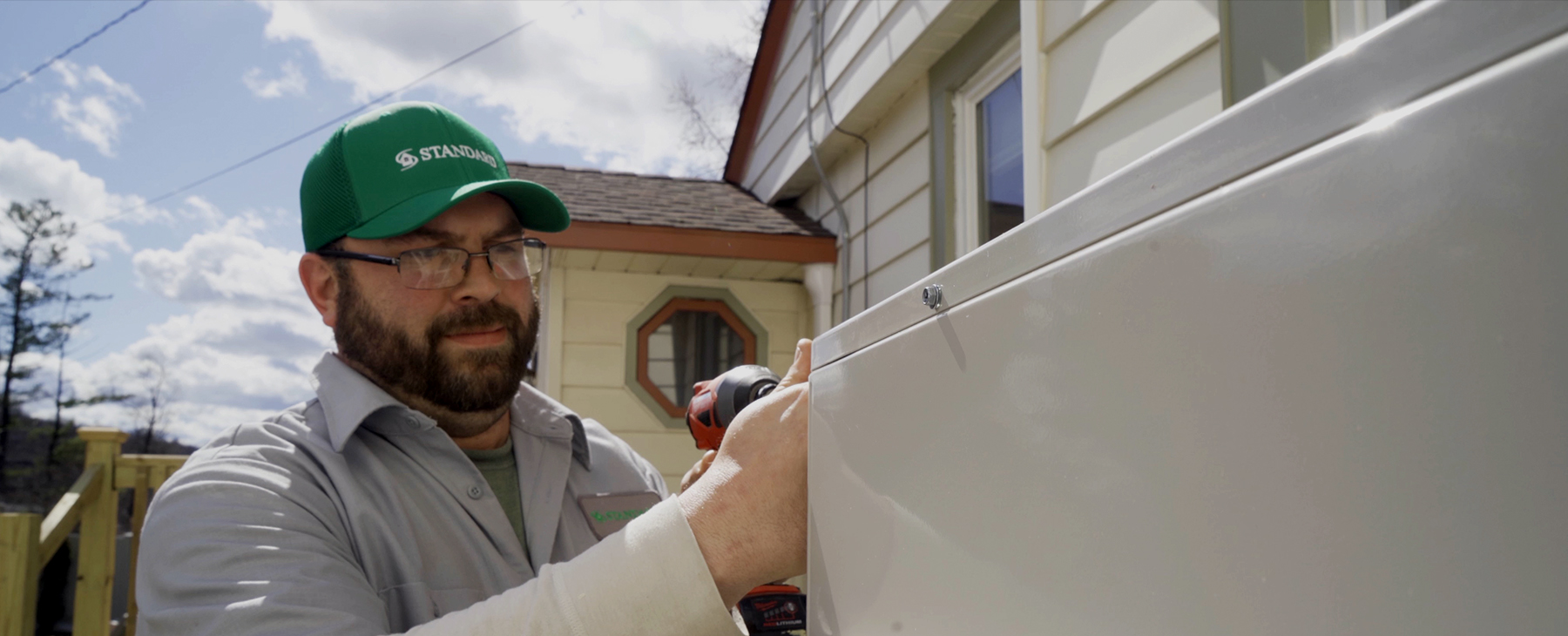How to Find and Seal Air Leaks in Your Home

Air leaks can waste anywhere from 25% to 40% of your home’s heating and cooling power. That’s a substantial amount of energy and money essentially blown out the window.
Additionally, air leaks are often challenging to locate, forcing your heating and cooling system to work overtime to compensate until problem areas are found. Leaks also negatively impact indoor air quality and humidity levels, which can lead to mold, mildew, and dust mites throughout the home.
The good news is that renters and homeowners can take some proactive steps to find and seal air leaks in their homes. If your energy bills are higher than normal or your home feels drafty, you may have a leak that you need to address. The insulation contractors at Standard have the training and experience to provide a thorough assessment.
How to Find Air Leaks in Your Home
Cold drafts inside your home during cold winter months may indicate one or more air leaks. Drafts happen as heated air gets pushed or “leaked” out of the home while cold air seeps inside. Although extreme temperatures make it easier to find leaks, knowing where to look can help you find leaks at any time of year.
Common Locations of Household Air Leaks
Identifying leaks is the first step. Start by walking through the interior and around the exterior to perform a visual inspection of your home. Inside, look for gaps, cracks, and openings. Outside, pay close attention to areas where two building materials meet and along the foundation.
Some common problem areas to check include:
- Behind knee walls
- Recessed lighting and open soffits
- Window and door frames
- Electrical outlets and switch plates
- Weatherstripping
- Furnace flue
- Vents, fans, and dryer vents
- Window- or wall-mounted air conditioner units
- Attic hatches
- Baseboards
- Pipes and wires
- Fireplaces
- Top of basement walls and rim joists
The Link Between Air Leaks and Insulation
Inadequate insulation frequently causes significant air leaks. In fact, damaged, missing, or insufficient insulation can cause up to 40% of air leaks in homes. Retrofitting, replacing, or upgrading insulation can help reduce heat transfer and seal leaks.
DIY Solutions
Once you locate leaks, the next step is to seal up the problem areas in your home. Spray foam and caulk can halt leaks around stationary spots like window frames and foundations. Weather stripping effectively seals off gaps in movable areas, like windows and doors.
How to Seal Air Leaks Around Windows
When you’re checking windows and doors, look for visible gaps or cracks around windows and doors as well as cracked caulking around frames. Try rattling doors and windows, look for daylight around the framing, and make sure storm windows properly fit. Adding caulking and weatherstripping around door and window frames provides a fast fix. You can also temporarily install plastic sheets over older windows. However, replacing materials and installing high-performance windows and doors offers a better long-term solution.
How to Seal Attic Air Leaks
In the attic, focus on dealing with large holes and leaks first. The bulk of your energy loss escapes through the attic, according to Energy Star. Areas where the walls meet the attic floor, dropped ceiling areas, and spaces behind knee walls are common spots for leakage. Additionally, check the insulation and look for dirty areas where air might be moving through it. Sealing open stud cavities and gaps also makes a difference in your home’s overall comfort and energy efficiency.
How to Seal Leaks in Basements and Crawlspaces
An estimated 1% of heat is lost through basement floors, with 20% lost in basement walls. Ensure basements and crawlspaces are sealed and use caulk or spray foam to fill any openings and cracks to reduce cold seeping in or out in these areas. This reduces drafts and enhances the efficiency of your HVAC system.
Get Professional Help to Find and Seal Air Leaks
No matter how thorough you are, you could miss leaks, especially those located in hard-to-see spots like behind walls and insulation. Ensuring that leaks are sealed correctly is critical. Incorrectly sealing leaks can trap pollutants indoors, including carbon monoxide and radon.
Standard uses specialized testing methods, including energy assessments and blower door tests, which depressurize the home to accurately locate leaks. Our experienced, trained professionals can find the source of any air leaks in your home and provide recommendations for how to fix them.
Standard Provides Resources to Help Homeowners Make Improvements and Save Money
Standard has always been committed to helping Upstate New Yorkers save money while living more comfortably. The New York State Energy Research and Development Authority (NYSERDA) has a Comfort Home Program to help us help you. Working with a qualified provider like Standard allows you to invest in your home’s efficiency with rebates that help you save up to $4,000. The Comfort Home Program’s benefits include upgrading insulation, installing high-performance windows, and properly sealing your home.
Contact Standard Today
Sealing air leaks can save you between 15% and 30% on home energy costs. Learn more about how Standard can improve your home’s comfort and energy efficiency and help you find additional grants and rebates available to New York residents.
Call us today at 800-738-1424 to get started.



